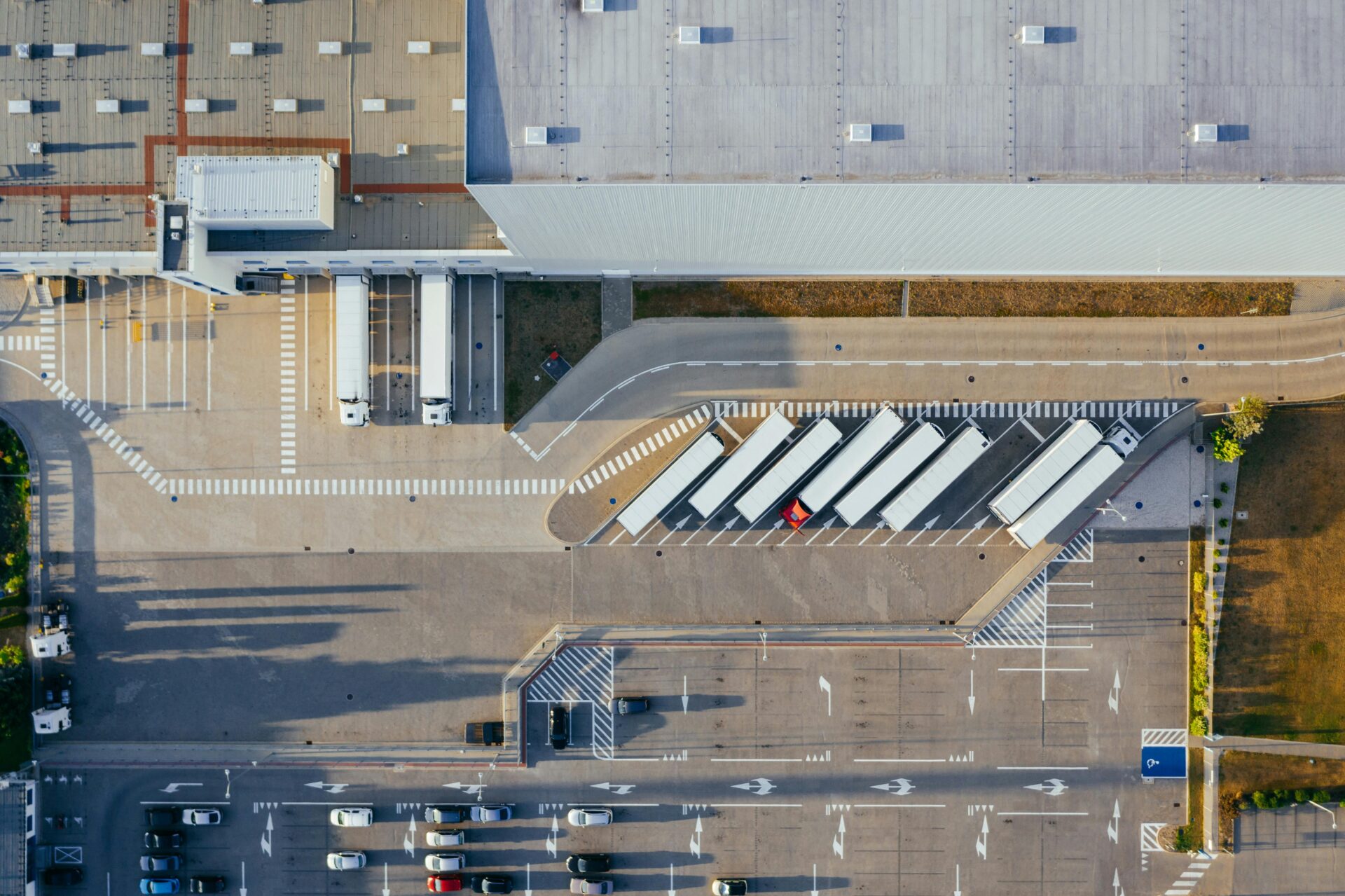The Central and Eastern European region is currently entering a key moment of transformation. It has the potential to make the region one of the most important logistics areas in the world.
Spis treści
ToggleDevelopment of logistics in Poland
Poland has been consistently strengthening its position on the European logistics market for many years. This translates into clear growth, thanks to which we are constantly improving our position in the global TSL rankings. Our country is investing heavily in warehouse logistics, infrastructure and road transport, as well as developing seaports.
What influences growth?
The region’s growing importance is due to a number of strategic infrastructure investments, such as Rail Baltica and CPK. These projects aim to improve transport connections. Both within the region and with the rest of Europe, which is key to increasing the efficiency of supply chains. Although already, at least in road transport, Poland boasts some of the best results in Europe.
The aforementioned investments, combined with the growing importance of secure and disruption-proof supply chains, make the CEE region increasingly attractive to international investors. In an era of global challenges, such as geopolitical tensions or climate change, CEE is gaining importance as a stable and strategic location for logistics operations.
The Central Transport Port, which is to become an investment combining air, rail and road transport – is one of the key elements of this transformation. These investments will not only improve regional connections, but also strengthen the position of Poland and its neighbours on the global logistics map.
European opportunity
The transformation of the CEE region into a logistics hub of the future is not only an economic development opportunity, but also a response to the global difficulties the world is currently facing. Through strategic investment and cooperation, Central and Eastern Europe has the potential to become one of the key players in global supply chains.

 Contact
Contact 
